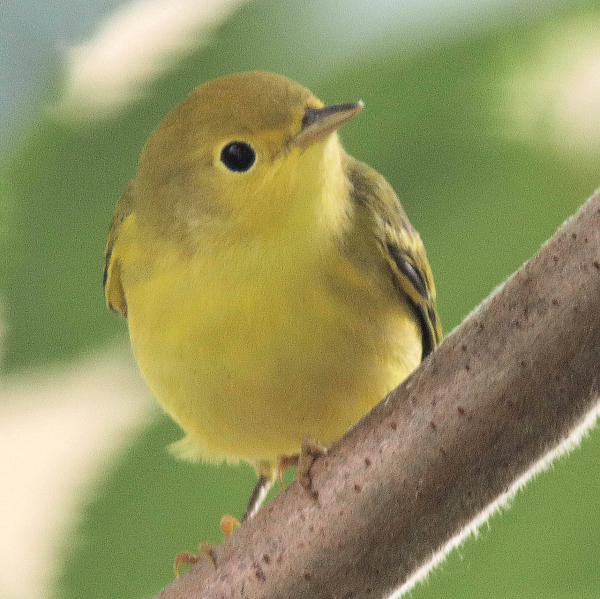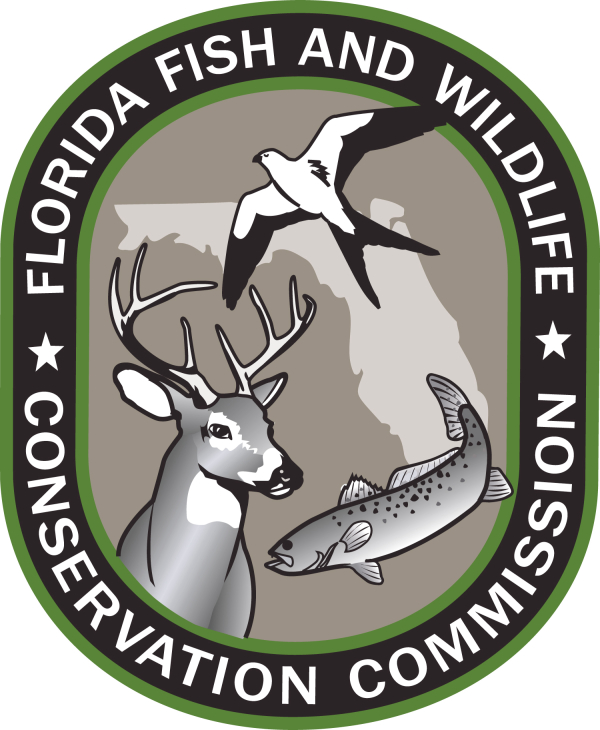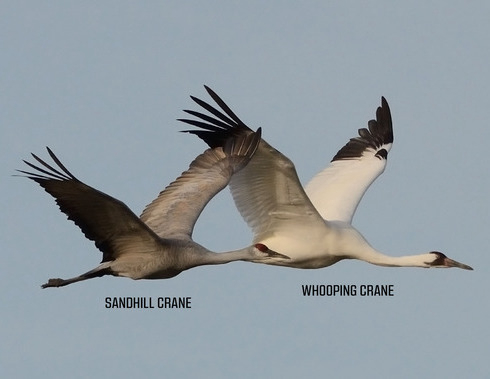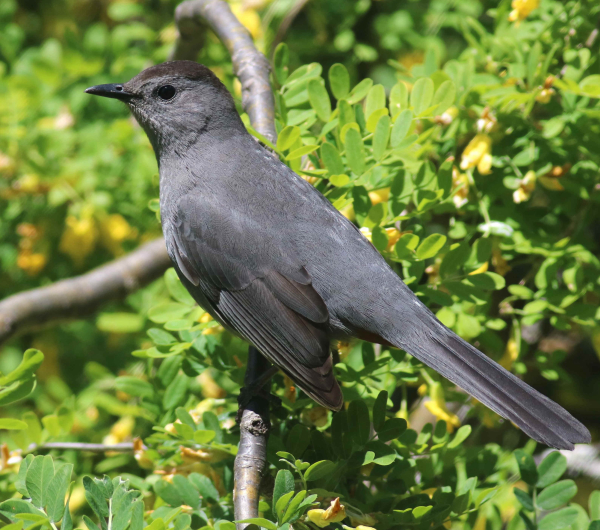Nature’s Assistants Whoop It Up Over Endangered Species Success
Seven of 14 ultra-light led migrating whooping cranes arrived at Florida’s St. Marks National Wildlife Refuge (NWR) on Saturday January 17 after traveling more than 1,200 miles from their summer grounds at Necedah NWR in Wisconsin. Half of the flock is expected to remain at St. Marks NWR for the winter. The rest of the birds will continue south to Chassahowitzka NWR, 65 miles north of St. Petersburg.
“St. Marks has been anticipating the birds arrival for months, and the outpouring of community support around Wakulla and Leon counties has been phenomenal,” said Terry Peacock, Refuge Manager at St. Marks NWR. “We are thankful for the help of all of our volunteers who have assisted with pen set-up and helped with other preparations around the refuge.”
The Whooping Crane Eastern Partnership (WCEP), an international coalition of public and private groups, leads the annual project, now in its eighth year, in an effort to reintroduce this endangered species in eastern North America. Each fall, pilots from Operation Migration (OM), a non-profit organization and founding WCEP partner, lead a new generation of whooping cranes behind their ultralight aircraft to wintering grounds in Florida. The cranes will make the return flight to the Upper Midwest on their own in the spring.
This year’s migration began from Necedah NWR on Oct. 17, with four ultralight aircraft leading the birds southward. To help speed the migration and improve safety for the birds and the pilots, a new route was developed this year that took the team around the Appalachian Mountains rather than over them, taking them through the state of Alabama for the first time. The ultralight-led flock also passed through Wisconsin, Illinois, Kentucky, Tennessee, and Georgia before crossing the Florida border.
One of the oldest refuges in the National Wildlife Refuge System, St. Marks National Wildlife Refuge covers 70,000 acres and more than 60 miles of coastline in Wakulla, Jefferson and Taylor counties along the Gulf Coast of northwest Florida. The landscape includes coastal marshes, islands, tidal creeks and estuaries of seven north Florida rivers, and the refuge is home to a diverse community of plant and animal life. The refuge was established in 1931 to provide wintering habitat for migratory birds.
The Visitor Center at St. Marks NWR is open Monday through Friday, 8:00 a.m – 4:00 p.m., and Saturday and Sunday 10:00 a.m. – 5:00 p.m. The public and media are encouraged to visit the St. Marks NWR visitor center to learn more about the whooping crane re-introduction and ultralight project. The cranes will begin to head north to their summering grounds in the Spring.
The staff of St. Marks National Wildlife Refuge request visitors to be respectful and aware of the safety of the whooping cranes and their pens. Anyone who encounters a whooping crane in the wild should give them the respect and distance they need. If you see a whooping crane, do not approach birds on foot within 600 feet; try to remain in your vehicle; do not approach in a vehicle within 600 feet or, if on a public road, within 300 feet. Also, please remain concealed and do not speak loudly enough that the birds can hear you. It is very important that all visitors to St. Marks National Wildlife Refuge respect the area closed for the cranes. Any interaction with humans is detrimental to the birds learning wild behavior.
There are now 73 migratory whooping cranes in the wild in eastern North America — including the first whooping crane chick to hatch in the wild in Wisconsin in more than a century. Many of these cranes have settled into their wintering locations in parts of the Southeast, including Georgia, Alabama, South Carolina, Tennessee, and Florida. State partners from Wisconsin, Illinois, Kentucky, Tennessee, Alabama and Georgia provided strong support throughout the migration.
In late October, biologists from the International Crane Foundation and the U.S. Fish and Wildlife Service also released six additional chicks into the company of older birds at Necedah NWR in Wisconsin, in the hopes that the chicks learn would the migration route from adult whoopers or sandhill cranes. This technique, called “direct autumn release” (DAR) is being tested to complement the known success of the ultralight-led migrations. Chicks for direct autumn release were reared in the field and released with older birds after fledging, or learning to fly. This method of reintroduction has been extensively tested and proven successful with sandhill cranes released with other sandhills but it remains to be seen if it will work with whooping cranes or with mixed species.
In 2001, project partner Operation Migration’s pilots led the first whooping crane chicks, conditioned to follow the ultralight aircraft south from Necedah NWR to Chassahowitzka NWR. Each subsequent year, biologists and pilots have conditioned and guided additional groups of juvenile cranes to Chassahowitzka.
The whooping crane chicks that take part in the reintroduction project are hatched at the USGS Patuxent Wildlife Research Center in Maryland. There, the young cranes are introduced to ultralight aircraft and raised in isolation from humans. To ensure the impressionable cranes remain wild, project biologists and pilots adhere to a strict no-talking rule, broadcast recorded crane calls and wear costumes designed to mask the human form whenever they are around the cranes.
New classes of cranes are brought to Necedah NWR each June to begin a summer of conditioning behind the ultralights to prepare them for their fall migration. Pilots lead the birds on gradually longer training flights at the refuge throughout the summer until the young cranes are ready to follow the aircraft along the migration route.
Most of the reintroduced whooping cranes spend the summer in central Wisconsin, where they use areas on the Necedah NWR, as well as various state and private lands. Reintroduced whooping cranes have also spent time in Minnesota, Iowa, Illinois, Michigan and other upper Midwest states.
Project staff from the International Crane Foundation and the U.S. Fish and Wildlife Service track southbound cranes in an effort to learn as much as possible about their unassisted migrations and the habitat choices they make along the way. The birds are monitored during the winter in Florida by teams from ICF, US Fish and Wildlife Service, Operation Migration and Florida Fish and Wildlife Commission. They are also tracked as they make their way north in the spring. ICF and FWS biologists, along with Wisconsin DNR biologists, continue to monitor the birds while they are in their summer locations.
The Whooping Crane Recovery Team has established a target number for this reintroduction. Once there are at least 125 individuals, including 25 breeding pairs, migrating in this eastern corridor the population could be considered self sustaining.
Whooping cranes were on the verge of extinction in the 1940s. Today, there are only about 500 birds in existence, 350 of them in the wild. Aside from the 73 Wisconsin-Florida birds, the original population of whooping cranes nests at the Wood Buffalo National Park in the Northwest Territories of Canada and winters at the Aransas National Wildlife Refuge on the Texas Coast. A non-migrating flock of approximately 30 birds lives year-round in central Florida. The remaining 150 whooping cranes are in captivity in breeding facilities and zoos around North America.
Whooping cranes, named for their loud and penetrating unison calls, live and breed in wetland areas, where they feed on crabs, clams, frogs and seeds. They are distinctive animals, standing five feet tall, with white bodies, black wing tips and red crowns on their heads.
Whooping Crane Eastern Partnership founding members are the International Crane Foundation, Operation Migration Inc., Wisconsin Department of Natural Resources, U.S. Fish and Wildlife Service, the U.S. Geological Survey?s Patuxent Wildlife Research Center and National Wildlife Health Center, the National Fish and Wildlife Foundation, the Natural Resources Foundation of Wisconsin, and the International Whooping Crane Recovery Team.
Many other flyway states, provinces, private individuals and conservation groups have joined forces with and support WCEP by donating resources, funding and personnel. More than 60 percent of the project?s estimated $1.6 million annual budget comes from private sources in the form of grants, public donations and corporate sponsorship.
For more information on St. Marks National Wildlife Refuge visit http://www.fws.gov/saintmarks/. For more information on the whooping crane project, its partners and how you can help, visit the WCEP website at http://www.bringbackthecranes.org.
A Wisconsin Whooping Crane Management Plan that describes project goals and management and monitoring strategies shared and implemented by the partners is online at: http://dnr.wi.gov/org/land/er/birds/wcrane/wcraneplan.htm.
The mission of the U.S. Fish and Wildlife Service is working with others to conserve, protect and enhance fish, wildlife, plants and their habitats for the continuing benefit of the American people. We are both a leader and trusted partner in fish and wildlife conservation, known for our scientific excellence, stewardship of lands and natural resources, dedicated professionals and commitment to public service.
For more information on our work and the people who make it happen, visit http://www.fws/gov.







